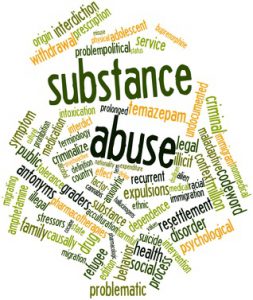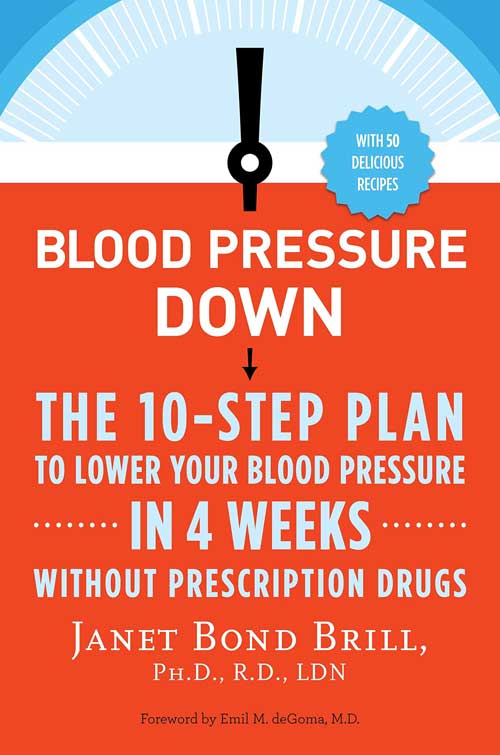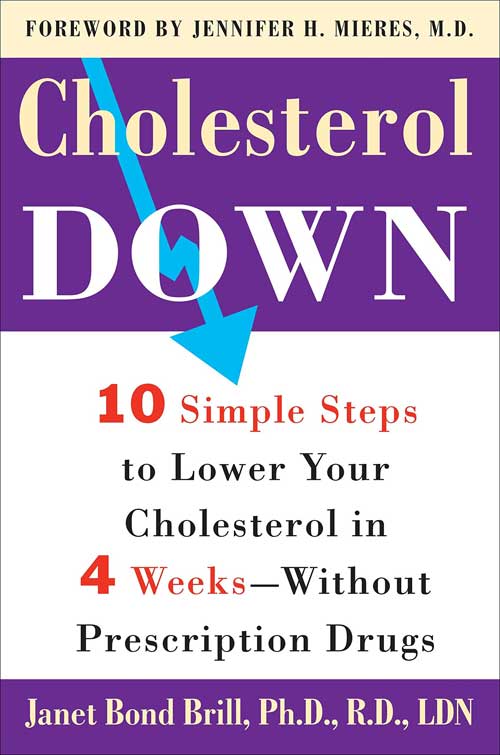By

People who do not have substance abuse problems in their families develop their perceptions about this disease based on TV, movies and social media. Often children and adolescents influenced through these media outlets approach their adult life without fully understanding what constitutes a substance abuse problem.
While there are many reasons for substance abuse, the role of media has been shown through numerous studies to be highly influential. Usually, these suggestions start at an early age. Besides advertising on digital media, children who watch movies rated as PG-13 or R come to view the use of tobacco and alcohol in a positive way.
Mixed Messages
The war on drugs, captured by the slogan, “just say no” promoted by the federal government and championed by parents and schools is being effectively sabotaged by the $25 billion worth of advertising promoting cigarettes, alcohol, and prescription medication. These prompts to persuade young people to say “yes” instead of “no” are further reinforced by regular television programs and movies that portray smoking, drinking, and drug-taking as acts of ironic heroism. The treatment center Futures of Palm Beach aptly describe this socially-sanctioned form of subliminal programming: “Films invite audiences to be transported into their storylines. However, when it comes to favorable portrayals of alcohol and other drug abuse on the silver screen, audiences are best advised to exercise caution.”
How Bad is the Substance Abuse Problem?
While almost everyone is aware that substance abuse is harmful, resulting in poor health and a compromised quality of life, few pause to consider that legal drugs like alcohol, tobacco, and sometimes marijuana, often affect people as gateway drugs to stronger, illegal drugs.
Substance abuse is a leading cause of death in American society.
An estimated 400,000 Americans die each year from illnesses directly attributed to smoking or secondary inhalation. This is more than the combined total of those who die from suicide, murder, car accidents, and AIDS.
Furthermore, an estimated 100,000 Americans die each year from excessive alcohol consumption. Out of this number, 5,000 deaths occur to those under 21 years of age.
Media Propagation of Drugs
While the efficacy of tobacco advertising has been compromised by warning labels, there are no such constraints when cigarettes are promoted through the story lines of box-office movies and pay-per-view distribution. From 1996 to 2004, the use of tobacco was depicted in 75% of the top 100 box office hits rated as G, PG, or PG 13. In movies with an R-rating, the number was closer to 90%. Often, they are depicted as a sign of anti-establishment heroes and heroines. In other words, substance abuse is the sort of thing role models do.
Drinking alcohol, too,is seen as the sort of thing that heroic characters do.
A book on the subject provides some alarming statistics about the frequency of drug propagation on entertainment media:
• One drinking scene is shown on TV every 22 minutes.
• One smoking scene is shown on TV every 57 minutes.
• One illicit drug use scene is shown on TV every 112 minutes. Illicit drug scenes are not shown on most programs, but are shown on That 70s Show on Fox and Weeds on Showtime. However, they are more common in movies, where they are shown about 22% of the time, with harmful consequences only shown 11% of the time.
Digital Propagation
Adolescents are most often exposed to drug-related information on the Internet and cell phones. Here the danger is more acute because it is mentioned on social media and it is easy to bypass age-verification filters on websites that sell cigarettes and alcohol and make direct purchases.
Conclusion
Children, adolescents, and adults who suffer from addiction to legal and illegal substances are not only influenced by overt advertising, but also by suggestive media. Moreover, since the media puts people into a relaxed or emotional state of mind, the effects influence the subconscious mind and bypass any objections that might be held by the conscious mind.










